Plants need plenty of sun, air, water, and nutrients to grow. But how can you make sure your plants have enough nutrients? Measuring different aspects of soil can tell you exactly what you need and what you are missing, and help you to foster strong and healthy plants.
Testing the pH, moisture content, and temperature of your soil are a good start for healthy soil. Monitoring phosphates, nitrates, calcium, and potassium are all primary components to plant growth. Other minor nutrients are needed as well.
One way to help keep track of all these nutrients is by testing the electrical conductivity of your soil. Electrical conductivity can tell you if you need more nutrients, or if you have too much. This will save you time and money when managing your plants.
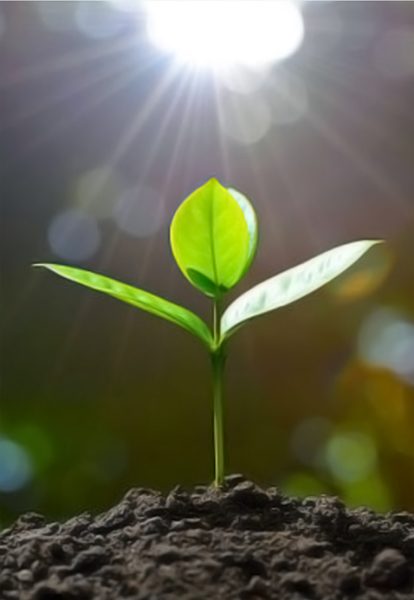

What is Electrical Conductivity?


Electrical conductivity (EC) measures how well a substance can transmit an electrical current. Small charged particles, called ions, help to carry the electrical charge through a substance. These ions can be positively or negatively charged. The more ions available, the higher the conductivity; fewer ions would result in lower conductivity. EC is typically reported in milliSiemans per centimetre (mS/cm).
Total Dissolved Solids (TDS)


Total dissolved solids (TDS) is the amount of dissolved substances in solution. This measurement reads all the dissolved inorganic and organic substances in a liquid. Results from this reading are displayed as milligrams per litre (mg/L), parts per million (ppm), grams per litre (g/L), or parts per thousand (ppt).
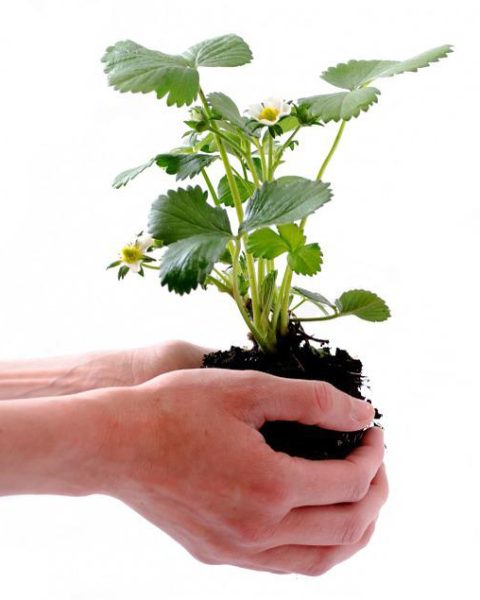

Measuring TDS is a long process. First, you extract all the water from a soil sample, then evaporate the water and weigh the remaining residue after evaporation. It’s much easier to measure the electrical conductivity of substance, and then convert the reading into TDS with a conversion factor. The trick here is to make sure you use the correct conversion factor!
Something to keep in mind when choosing a conversion factor is that not all dissolved solids conduct electricity. For example, if you measured the conductivity of a glass of water and then add table salt, the conductivity will go up. But, if you took that same cup of water, measured the conductivity, and then added sugar, the conductivity would not be affected.
This is because table salt breaks apart into charged ions when put into a solution. Sugar does dissolve, but it does not break apart into charged ions. However, if you were to measure the TDS of the two glasses of water they would be affected by the addition of either salt or sugar.
Most common conversion factors between EC and TDS are 0.5 and 0.7. The 0.5 conversion factor is based on how EC and TDS relate to sodium chloride. The 0.7 conversion factor is based on how EC and TDS relate to a mixture of sodium sulphate, sodium bicarbonate, and sodium chloride. To use the conversion factor, simply multiply your EC reading by the conversion factor to calculate the TDS.
Example
Conversion
Table
Conversion
Table


Things That Affect
Electrical Conductivity of Soil
Electrical Conductivity of Soil
Many things can affect the electrical conductivity of your soil. The most common factors are temperature, soil typeand its moisture level, salinity, irrigation and fertilizers, and the depth of the soil.
Temperature Fluctuations
The temperature of air, water, and soil will affect your electrical conductivity readings. Remember that EC of soil involves measuring the ions in the sample. These ions get very excited when the temperature gets warmer, so they bounce around and have greater activity.
More activity means the ions are better able to conduct an electrical current. So, the conductivity of the soil increases. As temperatures cool down, ions calm down and move around less. Less activity means the ions have a harder time carrying electrical current. This decreases the conductivity of the soil.
Soil Type and Moisture Levels
The texture of the soil influences the amount of moisture that’s available. This affects the soil’s EC. Ions like to stick and bind to other particles (like the particles in soil). When they are all bound up, the ions can be harder to read. Moisture, or water, helps to free up the ions so they can be read.
The texture of the soil also influences how much space there is for water to be in the soil. This is called porosity; different sizes of soil particles create different spaces for air and water.
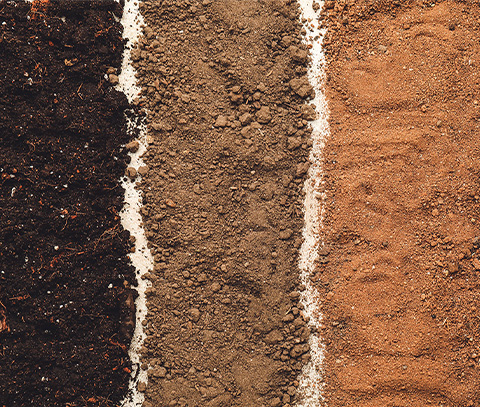

Sand does not hold onto moisture well, so it has a lower conductivity. Silty soil, similar in texture to the wet mud on a river bank, has a middling base conductivity. This type of soil is able to hold onto water relatively well.
Soils rich in clay have a higher conductivity due to how well they are able to hold onto moisture, and ones with a middling conductivity tend to have the greatest crop yield. They are able to hold in just enough water, while at the same time draining away excess.
Another property that relates to EC and soil texture is called cation exchange capacity (CEC). CEC relates to the amount of clay and organics in soil. Clay has higher electrical conductivity, so the higher the CEC, the higher the conductivity is.
Irrigation and Fertilizers
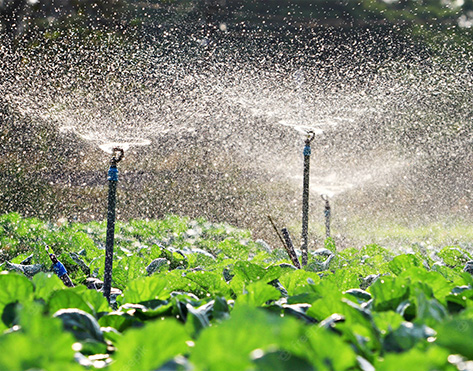

Usually, people only think of things such as the ocean as salty, but did you know soil can be salty too? These salts can be a problem if the electrical conductivity, or total dissolved solids, are too high.
Salts are very conductive and will raise the EC of your soil. Water used to irrigate crops will directly affect the quality of the soil by either increasing or diluting available salts and nutrients. This, in turn, affects the electrical conductivity.
Natural rains will dilute the amount of salt near the roots of plants. This helps to keep the plant from getting “burned” by excess salts and nutrients. This means that the plant’s roots are essentially clogged by the salts and nutrients. They become unable to take up salts, which can stunt its growth.
If irrigation water has a high salt content it can accumulate in fields, increasing the salinity and electrical conductivity. Most crop fields are considered good for planting if the EC does not exceed 4 dS/m. However, this number will vary by what crops are to be planted.
The addition of fertilizer is a good way to encourage crops to reach optimal growth. It is possible to have too much of a good thing, though. Fertilizers introduce nutrients and salts into the soil. These ions will attribute to a higher electrical conductivity of the soil. It’s important to be mindful of the electrical conductivity of your soil. Add too much fertilizer and you can increase the salinity and EC past safe limits.
Depth of Soil
Last but not least, the depth of the soil can directly affect its electrical conductivity. Plants can only grow in topsoil, the nutrient-rich top-layer of soil. If bedrock, or clay is too close to the surface, this can raise the electrical conductivity of the soil. It’s important to take note of what kind of land is around (and under!) the planting area.
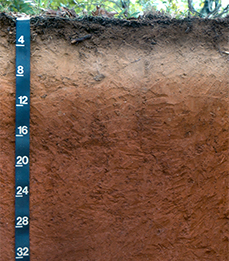

Soil pH & Electrical Conductivity
When soil pH and the electrical conductivity of your soil interact, interesting things happen. The pH of your soil tells you how basic or acidic it is, which can influence the electrical conductivity results.
pH is the measurement of ions as well, but specific ions. Positively charged hydrogen ions cause a substance to be more acidic, while negatively charged hydroxyl ions cause a substance to be more basic. As these ions carry charges, they can also carry electricity.
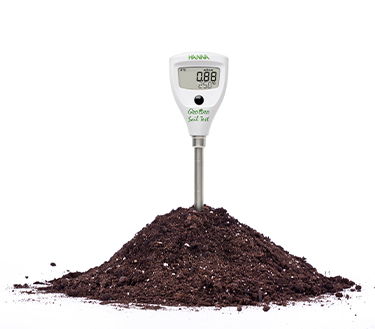

The more acidic or basic something is, the more ions there are. The more ions, the higher the electrical conductivity is. Therefore, the more acidic or basic your soil is, the higher the EC will be. The closer your pH is to being neutral, the less it will affect the electrical conductivity of your soil.
Why You Should Test Soil EC
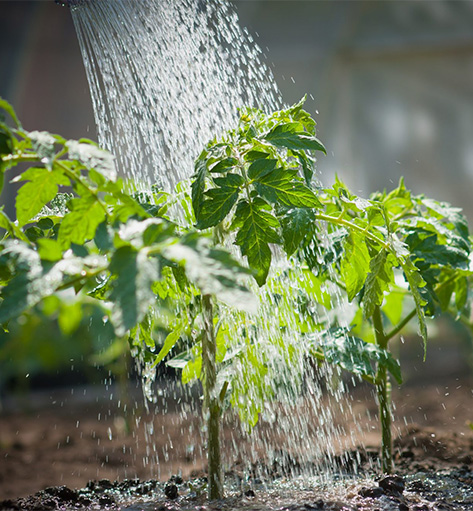

Testing your soil is all about making sure the nutrients are balanced. Measuring the pH of soil gives you an idea of how available the nutrients are, while EC clues you into how much is actually there. Remember that EC is good at giving a measurement of the strength of the ions in the soil. This helps you to track the nutrients that are available to your plants.
There is a high correlation of better crop yield to the use of electrical conductivity soil maps. Like topography maps, there are maps that show the EC of various geographic areas. You can create an EC map of your own; test the EC of different areas and plot it on a map.
Plants have varied tolerances to dissolved salts and nutrient concentrations. Plants such as peas and beans are very sensitive to salts deposited in the soil (EC must be below 2 mS/cm). Wheat and tomatoes have a moderate tolerance for higher conductivity. Cotton, spinach, and sugar beets are examples of plants with very high EC tolerances; soil for these plants can go up to 16 mS/cm before damaging crop yield.* It’s important to balance the EC of your soil to promote optimal plant health.
* This is referenced from a study that measured EC through a 1:1 and a 1:5 saturated soil extract.
Choosing an EC Testing Method
There are several available methods of testing the electrical conductivity of your soil. You can test the pore water (the water found in the soil), the total or bulk conductivity of the soil, or you can create a slurry to test the conductivity of soil.
Hanna Tip:
When measuring EC in soil, take measurements right next to the plants as well as further away. Moisture, nutrients, and pH can vary greatly across a planted area. This means a little more work, but you will appreciate being able to get results that better represent your planting area.
HI98331
Direct Soil EC Tester Soil Test™
The Soil Test™ Direct Soil EC Tester – HI98331 is a rugged and reliable pocket-sized tester that offers quick and accurate readings. The Soil Test™ Direct Soil EC Tester – HI98331 features a stainless steel penetration probe for direct measurement of conductivity in soils. With a compact size, single button operation, and automatic calibration, Soil Test is an excellent choice for taking direct conductivity measurements in soil.




